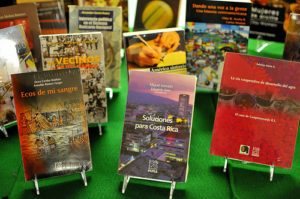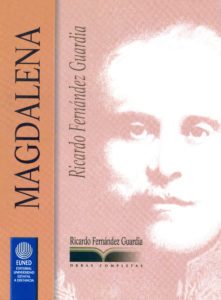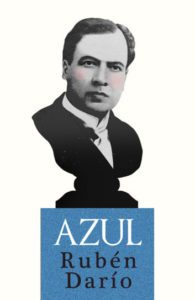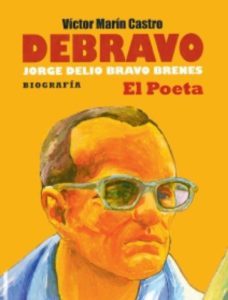
Costa Rican literature is still in development, although it has already produced writers of international projection, and whose works have been translated into other languages. Poetry, essays, and stories are the most developed genres. Costa Rican prose includes stories, novels, chronicles, and essays. Since its inception, literature has undergone a constant evolution in accordance with the social, cultural and political changes that have influenced the nation. It has been a mirror that has reflected these transformations as a cultural tool of renewal, contributing with it to the formation of the national identity.
As the literary theorist Álvaro Quesada affirms: “The formation of a national literature in Costa Rica resembles, in general terms, the formation of other national literatures in Latin American countries and particularly Central American countries, which is part of an broader effort, the construction or invention of the ‘nation’, as an ‘imagined community’ rather than a substantive reality: effort that, in turn, responds to a project of unification and centralization of economic, political and ideological power, around a Creole hegemonic group linked to the export of agricultural products for the international market. “

During the colonial period, there is little that can be gathered from literature at that time, most of the texts do not pass from a single epistolary character and administrative prose. In colonial times, by decree of Felipe II, the inhabitants of the West Indies were prohibited to write on any matter related to the life in the colony. Later Carlos V, in 1543 censured the reading of “books of romances, that deal with profane matters, and feigned stories, that can cause many of disadvantages of the soul”.
The controversy

In 1894, a controversy over the identity of Costa Rican literature developed, known as “the controversy over nationalism in literature.” Ricardo Fernández Guardia considered that the themes of Tico writers could well be inspired by the foreign traditions, basically European; while Carlos Gagini considered that the “ethical” literature should focus on Costa Rican affairs only.
The literature of the beginning of the century will mark a new stage in Costa Rican production. At this time, the modernist influence is very strong.
Modernism

The influence of modernism in Costa Rica is such that it continued to produce modernist poetry, the entire first half of the twentieth century. The causes of the influence of modernist literature in Costa Rica could be explained by the geographical location of the country and the position of the intellectuals of the early twentieth century, who returned from doing their studies amazed with “the joys and wonders” of Europe. In addition to the fact that Ruben Dario lived with his family in San José.
It is possible to notice a turn in the discourse of modernist literature in Costa Rica from the 1920s when the new writers leave aside the idealization of a Europeanized world, which was preached by the previous generation and focused on a more immediate interior national reality. This is how “postmodernism” or “late modernism” begins. This making increasingly rare to find topics and characters of Greco-Roman origin, which were previously so common.
The new modernists (postmodernist) continued to use the well-known precious style, this along with other contents. The reason for this change in the theme of modernism may be due to the conflict called The Great War, or the War of Wars, (1914-1918). This fact revealed the “barbarism that always existed in the shade of the beautiful gardens and parks with ponds full of swans”.
In this period, poets such as Roberto Brenes Mesén, Rogelio Sotela, Lisímaco Chavarría, Rafael Cardona, Rafael Estrada, Carlos Luis Saenz, and Julián Marchena stand out. The latter, one of the most remembered despite having written a single book, called “Alas en Fuga”, published in 1941 and reissued in 1965, when modernism had lost validity in the rest of the Hispanic countries.
Costa Rican Poets

A group of writers, led by two poets from the city of Turrialba, Jorge Debravo and Laureano Albán, founded in San José, at the beginning of the 60s, a group that will come to completely change the panorama of Costa Rican literature, and whose influence and presence are still felt today. Of this group of poets, and during the decade of 1970, an aesthetic-ideological proposal was decanted, that culminated with a transcendentalist Manifesto (1977), signed by Laureano Albán, Julieta Dobles, Carlos Francisco Monge and Ronald Bonilla, whose effects and consequences are still to be studied.
From the eighties on, a new period arises in Costa Rican literature. During this time there is a departure from the trends that have characterized the literature of Costa Rica since its inception, in particular, realism is abandoned, which affects the emergence of new forms of writing. This has caused current Costa Rican literature to present a plurality of styles, times and spaces.

